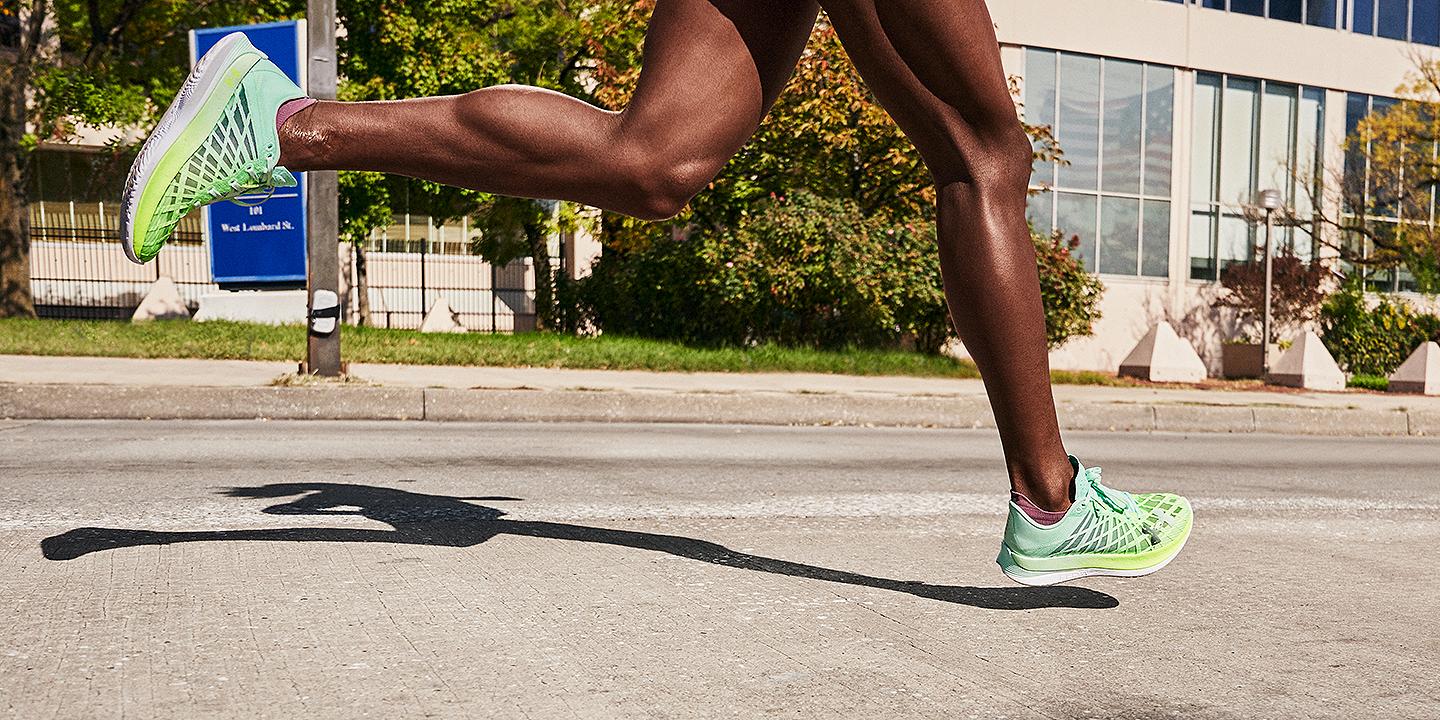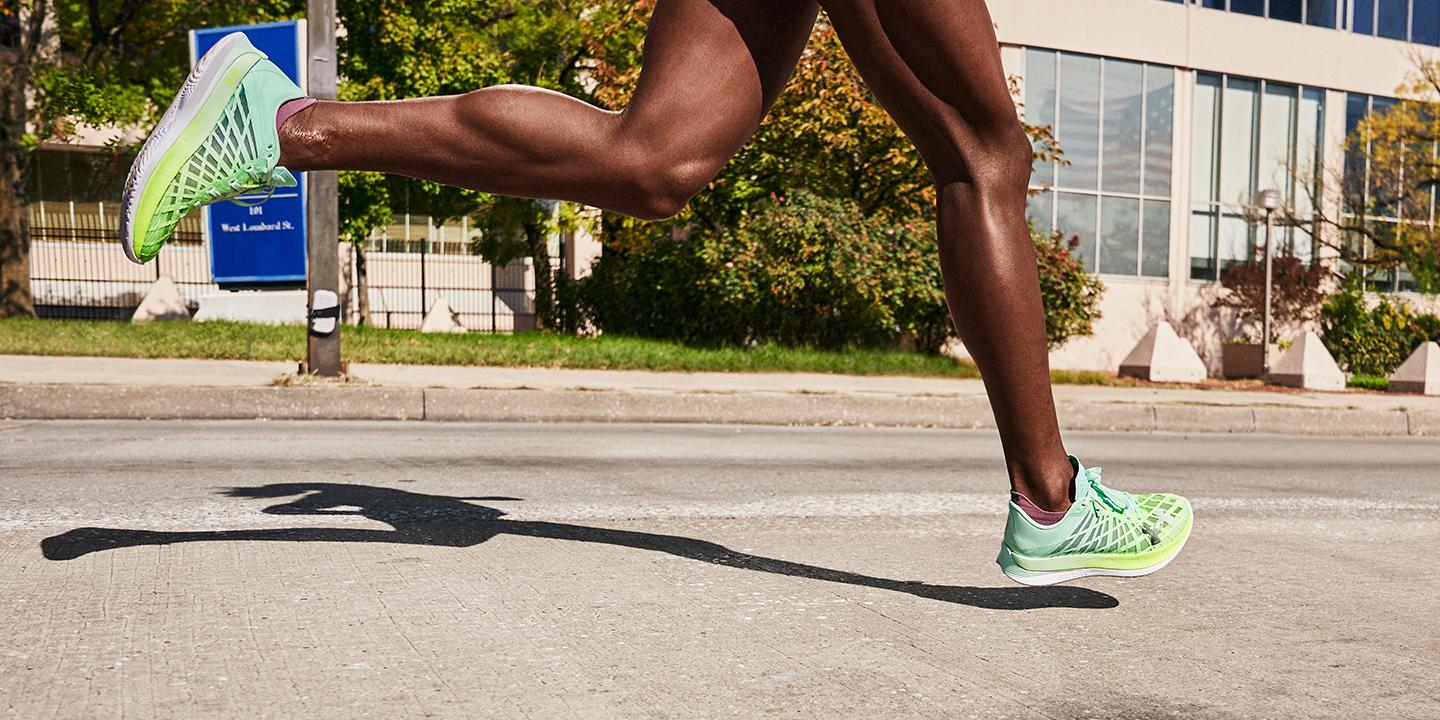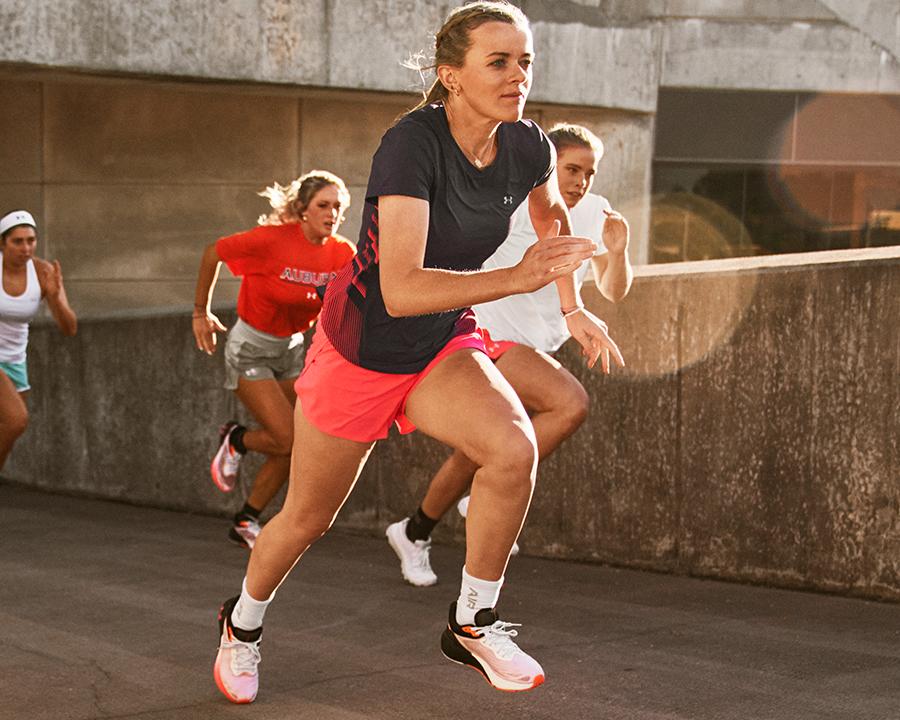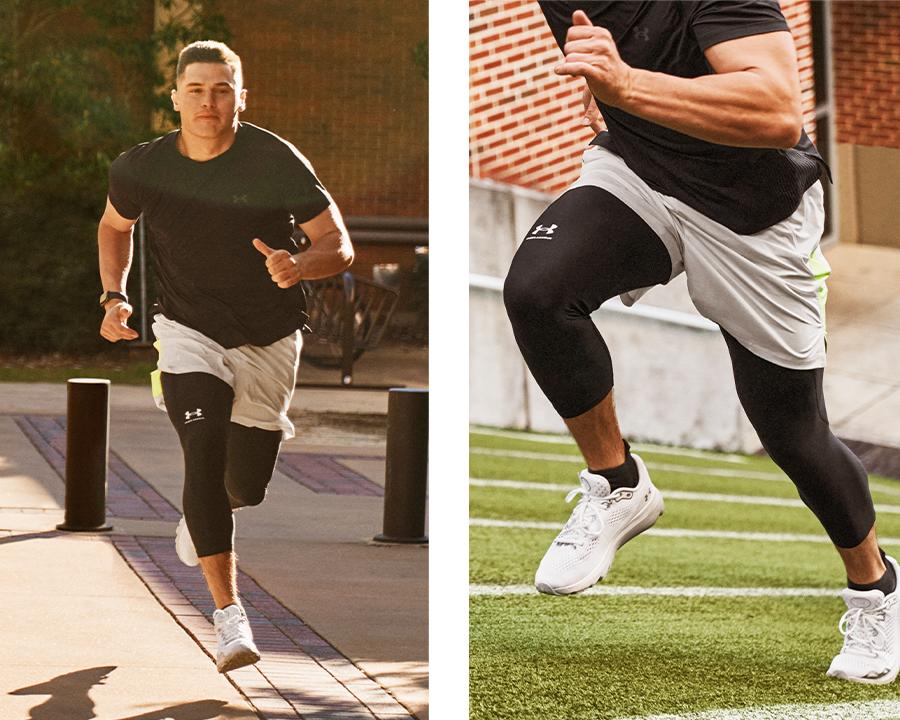Sign up now to receive 15% off* your first order.
*Valid with minimum $100 order value in cart.


How to Train for a Marathon
Hailed as the ultimate test of endurance, completing a marathon can be one of the most powerful and fulfilling experiences for a runner. Whether you have just signed up for your first marathon or want to improve your personal best, staying committed to the training process ensures that you will get a positive race experience.
So, what does it take to cross the finish line?
How to Train for a Marathon
Hailed as the ultimate test of endurance, completing a marathon can be one of the most powerful and fulfilling experiences for a runner. Whether you have just signed up for your first marathon or want to improve your personal best, staying committed to the training process ensures that you will get a positive race experience.
So, what does it take to cross the finish line?


How Long Do You Need to Train for a Marathon?
The main difference between training for a half marathon and marathon is the total mileage and time you will be clocking.
How Long Do You Need to Train for a Marathon?
The main difference between training for a half marathon and marathon is the total mileage and time you will be clocking.








Running in the Heat
Hydration and sunscreen protection are undoubtedly critical when running in the heat. After all, you want to avoid muscle cramps, dehydration, heat stroke and excessive sunburn during your marathon training. Beyond that, there are several ways to adjust your training to the summer heat. You can schedule your long runs just after sunrise or sunset (when it is cooler outside), or split them into two shorter runs in the early morning and late evening.
Hot, humid weather means that the air holds more water, making it difficult for perspiration to evaporate from your skin to cool you off. This is why you should also check the heat index or humidity levels in your area, as humidity makes it feel much warmer regardless of the temperature. Humidity levels over 50 per cent generally cause discomfort for many people, so aim to reduce your pace by 15 to 20 seconds per kilometre to avoid overexertion.
Plan your running route along shaded areas as much as possible, and if the heat becomes unbearable, consider completing half of the run outdoors and the other half on the treadmill.
Running in the Heat
Hydration and sunscreen protection are undoubtedly critical when running in the heat. After all, you want to avoid muscle cramps, dehydration, heat stroke and excessive sunburn during your marathon training. Beyond that, there are several ways to adjust your training to the summer heat. You can schedule your long runs just after sunrise or sunset (when it is cooler outside), or split them into two shorter runs in the early morning and late evening.
Hot, humid weather means that the air holds more water, making it difficult for perspiration to evaporate from your skin to cool you off. This is why you should also check the heat index or humidity levels in your area, as humidity makes it feel much warmer regardless of the temperature. Humidity levels over 50 per cent generally cause discomfort for many people, so aim to reduce your pace by 15 to 20 seconds per kilometre to avoid overexertion.
Plan your running route along shaded areas as much as possible, and if the heat becomes unbearable, consider completing half of the run outdoors and the other half on the treadmill.


Winter Training
When it comes to winter training, you have to be physically and mentally prepared for wind chills and icy roads. Everybody has a different tolerance towards the cold, so let your body determine when it is too cold to run outside. Just make sure that you layer up and protect your extremities sufficiently to prevent frostbite. Additionally, cold muscles are more prone to being pulled, so try to warm up sufficiently before you leave the house.
As much as you can plan your training routine based on the weekly weather forecast, you ought to be flexible and creative to accommodate unpredictable weather. On heavy snow days, visibility and running speed are reduced, and staying dry can be difficult, so opt for a short 20-minute outdoor run. If roads appear icy, it is best to take your running indoors. To replicate the outdoors, you can add an incline to your treadmill run and follow an interval training format to keep things challenging.
Being stuck indoors also gives you the opportunity to work on your strength and mobility. Squats, lunges, and single-leg exercises can help strengthen your quadriceps, hamstrings and gluteal muscles to enable you to become a more efficient runner and minimise injury risk. Look towards these bodyweight circuits, leg strengthening exercises, and stability workouts curated by professional runners as an effective complement or alternative to running.
Winter Training
When it comes to winter training, you have to be physically and mentally prepared for wind chills and icy roads. Everybody has a different tolerance towards the cold, so let your body determine when it is too cold to run outside. Just make sure that you layer up and protect your extremities sufficiently to prevent frostbite. Additionally, cold muscles are more prone to being pulled, so try to warm up sufficiently before you leave the house.
As much as you can plan your training routine based on the weekly weather forecast, you ought to be flexible and creative to accommodate unpredictable weather. On heavy snow days, visibility and running speed are reduced, and staying dry can be difficult, so opt for a short 20-minute outdoor run. If roads appear icy, it is best to take your running indoors. To replicate the outdoors, you can add an incline to your treadmill run and follow an interval training format to keep things challenging.
Being stuck indoors also gives you the opportunity to work on your strength and mobility. Squats, lunges, and single-leg exercises can help strengthen your quadriceps, hamstrings and gluteal muscles to enable you to become a more efficient runner and minimise injury risk. Look towards these bodyweight circuits, leg strengthening exercises, and stability workouts curated by professional runners as an effective complement or alternative to running.


Rainy Weather
Many runners do not mind running in the rain, as long as there are no signs of lightning or a thunderstorm. If you refuse to be impeded by light showers, ensure that you stay protected with a cap (to keep rain out of your vision) and a lightweight waterproof jacket when you are running.
When paired with thin socks which will not soak up excessive moisture, running shoes designed for the rain can make wet weather training feel more comfortable for your feet. If your running route includes muddy terrain, a pair of trail running shoes will give every stride added grip and traction.
Roads, smooth concrete and steep hills will be slippery in the rain, so be more conservative with your pace. If the rain starts to get heavier during your run, seek shelter and consider doing speed workouts tailored to marathon training instead.
Rainy Weather
Many runners do not mind running in the rain, as long as there are no signs of lightning or a thunderstorm. If you refuse to be impeded by light showers, ensure that you stay protected with a cap (to keep rain out of your vision) and a lightweight waterproof jacket when you are running.
When paired with thin socks which will not soak up excessive moisture, running shoes designed for the rain can make wet weather training feel more comfortable for your feet. If your running route includes muddy terrain, a pair of trail running shoes will give every stride added grip and traction.
Roads, smooth concrete and steep hills will be slippery in the rain, so be more conservative with your pace. If the rain starts to get heavier during your run, seek shelter and consider doing speed workouts tailored to marathon training instead.